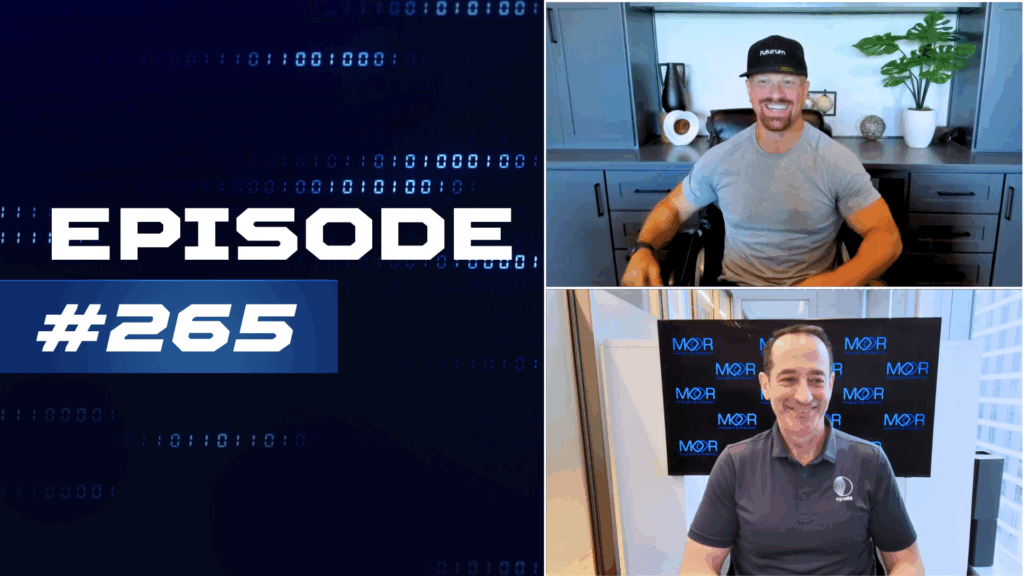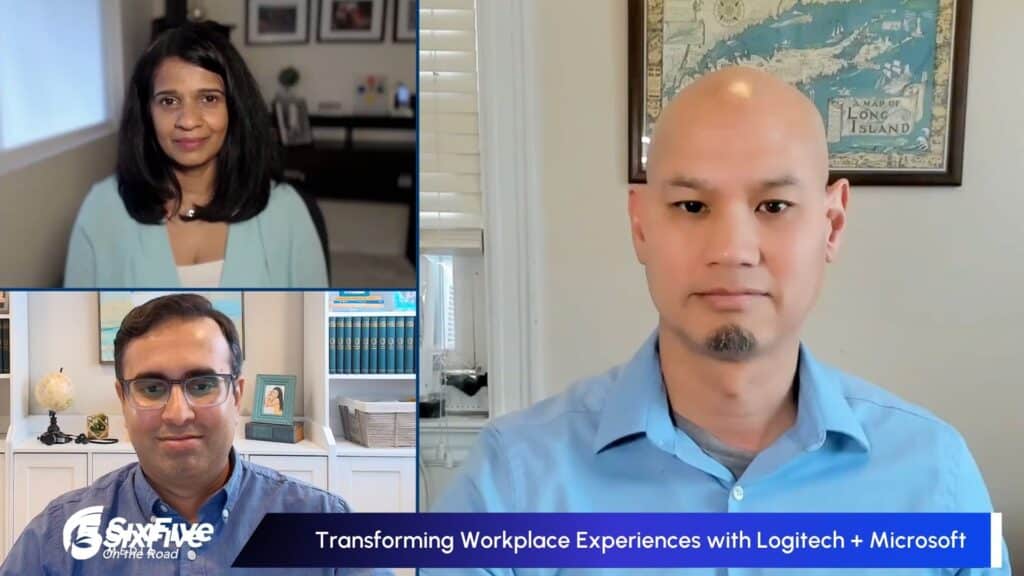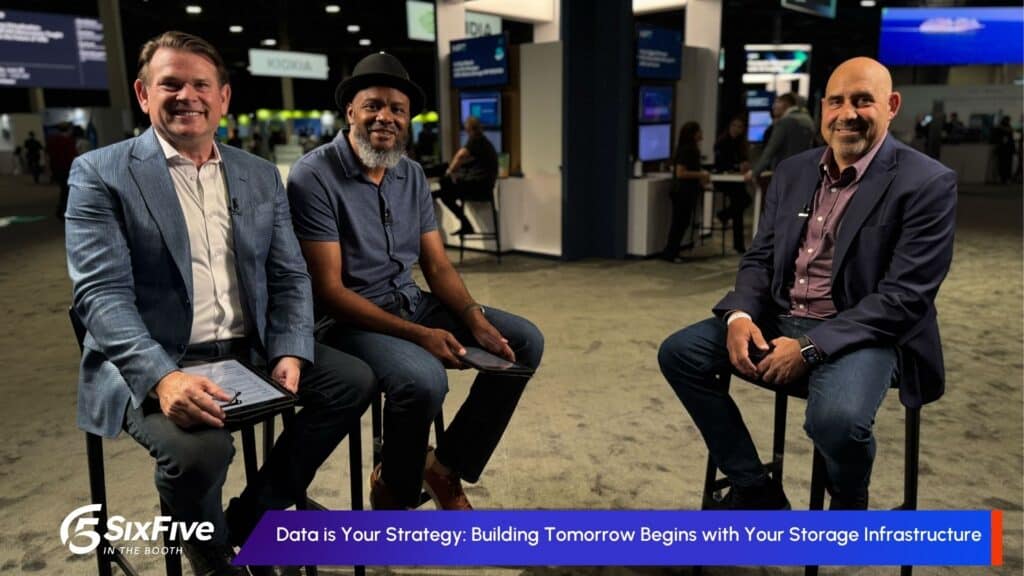Container Management Environments for on-premises and public cloud deployment of container-based applications are an imperative for Information Technology. For most IT operations, this is seen as an answer for IT Transformation – moving to an environment with portable containers, resilient applications with multiple clusters, scaling to meet application needs, use AI to optimize operations, and all the other promises made or projected for improving services delivery from IT to their customers. This may require IT operations to make several attempts to move beyond developer environments and initial “learning” implementations.
There are a number of Container Management Systems from vendors such as Red Hat OpenShift, SUSE Rancher, VMware Tanzu, D2IQ Kubernetes Platform, Platform9 Managed Kubernetes, Mirantis Container Management and the public cloud environments of Azure Kubernetes Service, AWS Elastic Kubernetes Service, and Google Kubernetes Environment (all of which are covered in the Evaluator Group Evaluator Series Research). Make no mistake, container environments are complicated, even when offered and supported by premier vendors. The fact that the area is still evolving and there are so many open-source tools leads to constant change. But, the gain for responsiveness from development to deploy updated or new software to meet changing environments (with CI/CD pipelines) leads to the demand.
While Evaluator Group seeks to help in explaining the solutions and needs in our coverage as well as providing information necessary to make informed decisions, it is useful to take a step back and use the evolution of operating environments to think about the end game – what will we encounter going forward as the industry makes the major transition to Container Management Environments.
So, what is next?
I really think we are in the middle of an evolution with containers. Right now, it requires deep understanding and is relatively complicated with continual changes frustrating IT operations. The next step will be to a container environment that is somewhat sealed and relatively invisible such that applications will run like what we call ‘serverless’ today. This will make deployment much simpler and separate the application development from having to be cognizant (or tweaking) of the environment. Those developers that want to reinvent the environment to their own desires will be frustrated and continue with their special improvements and condemn the common environment (reminds me of those same comments regarding deploying applications in mainframe environments). There will be some cases where customization (and inherent complication) brings value but that should be the minority. Ultimately, there will be another great advance to meet the services delivery demand that container environments address today, but that will hopefully be a number of years in the future. We have seen computing expand from the mainframe to mini-computers, to PCs, to client-server, and to virtual machines. Those additions were driven primarily by the need to deliver services more quickly and economically. Evolution will continue and as said earlier, we are in the middle of the container management transformation. The IT industry needs to benefit from the investment in the IT Transformation being accomplished with container environments for some time before something significantly new will transform the industry and we start the cycle all over again.
Author Information
Randy draws from over 35 years of experience in helping storage companies design and develop products. As a partner at Evaluator Group and now The Futurum Group, he spends much of his time advising IT end-user clients on architectures and acquisitions.
Previously, Randy was Vice President of Storage and Planning at Sun Microsystems. He also developed disk and tape systems for the mainframe attachment at IBM, StorageTek, and two startup companies. Randy also designed disk systems at Fujitsu and Tandem Computers.
Prior to joining The Futurum Group, Randy served as the CTO for ProStor, where he brought products to market addressing a long-term archive for Information Technology and the Healthcare and Media/Entertainment markets.
He has also written numerous industry articles and papers as an educator and presenter, and he is the author of two books: Planning a Storage Strategy and Information Archiving – Economics and Compliance. The latter is the first book of its kind to explore information archiving in depth. Randy regularly teaches classes on Information Management technologies in the U.S. and Europe.





